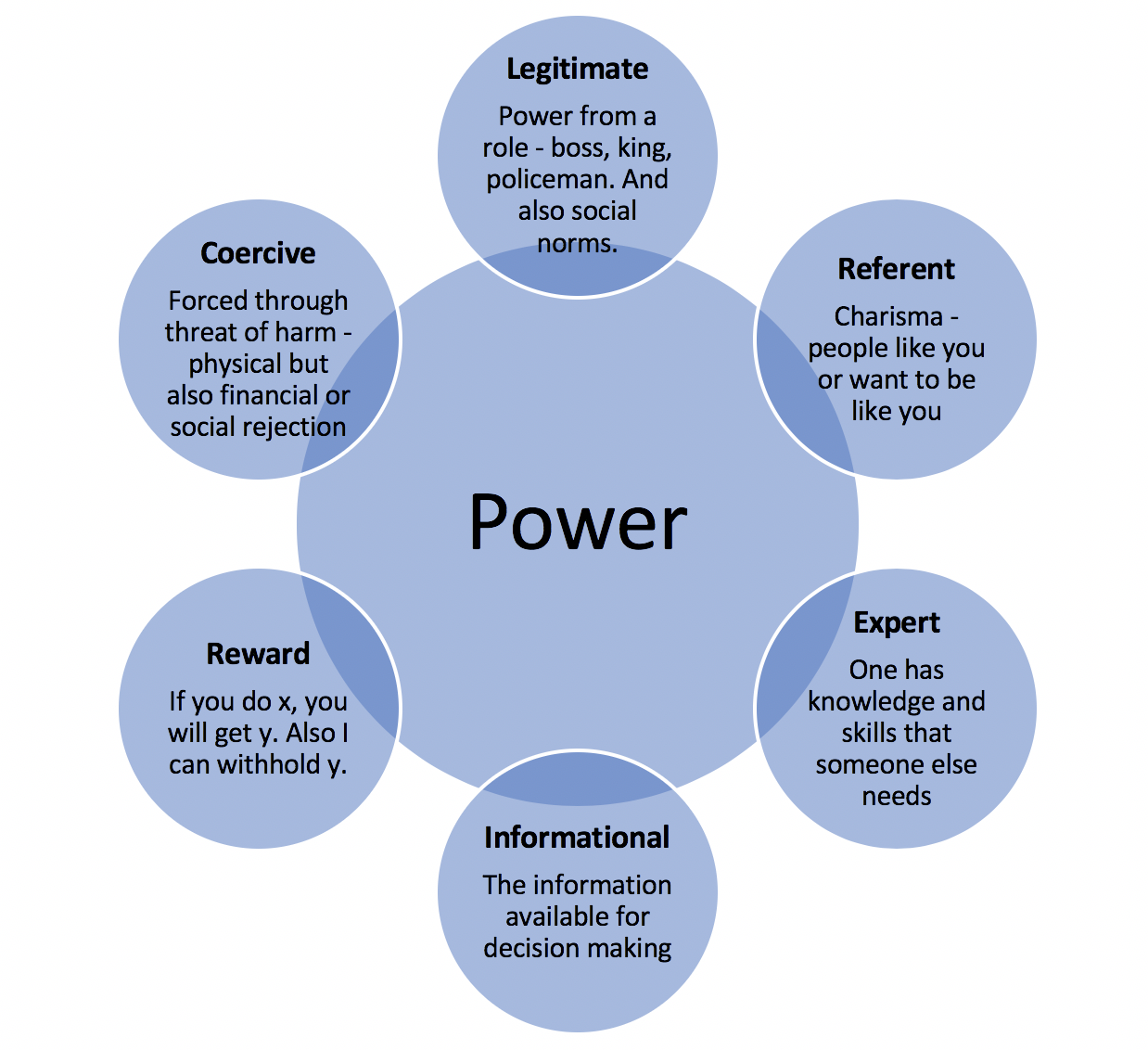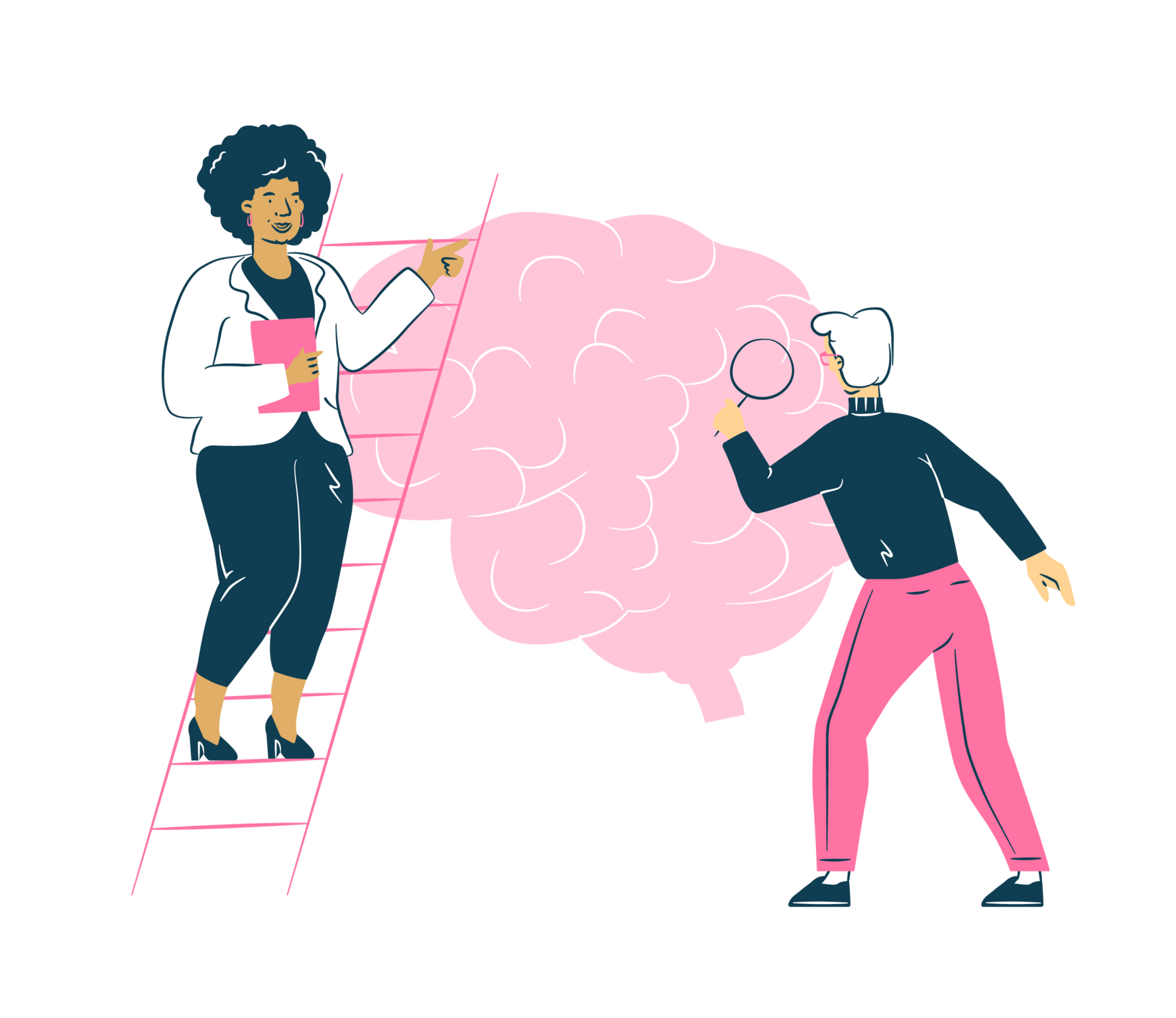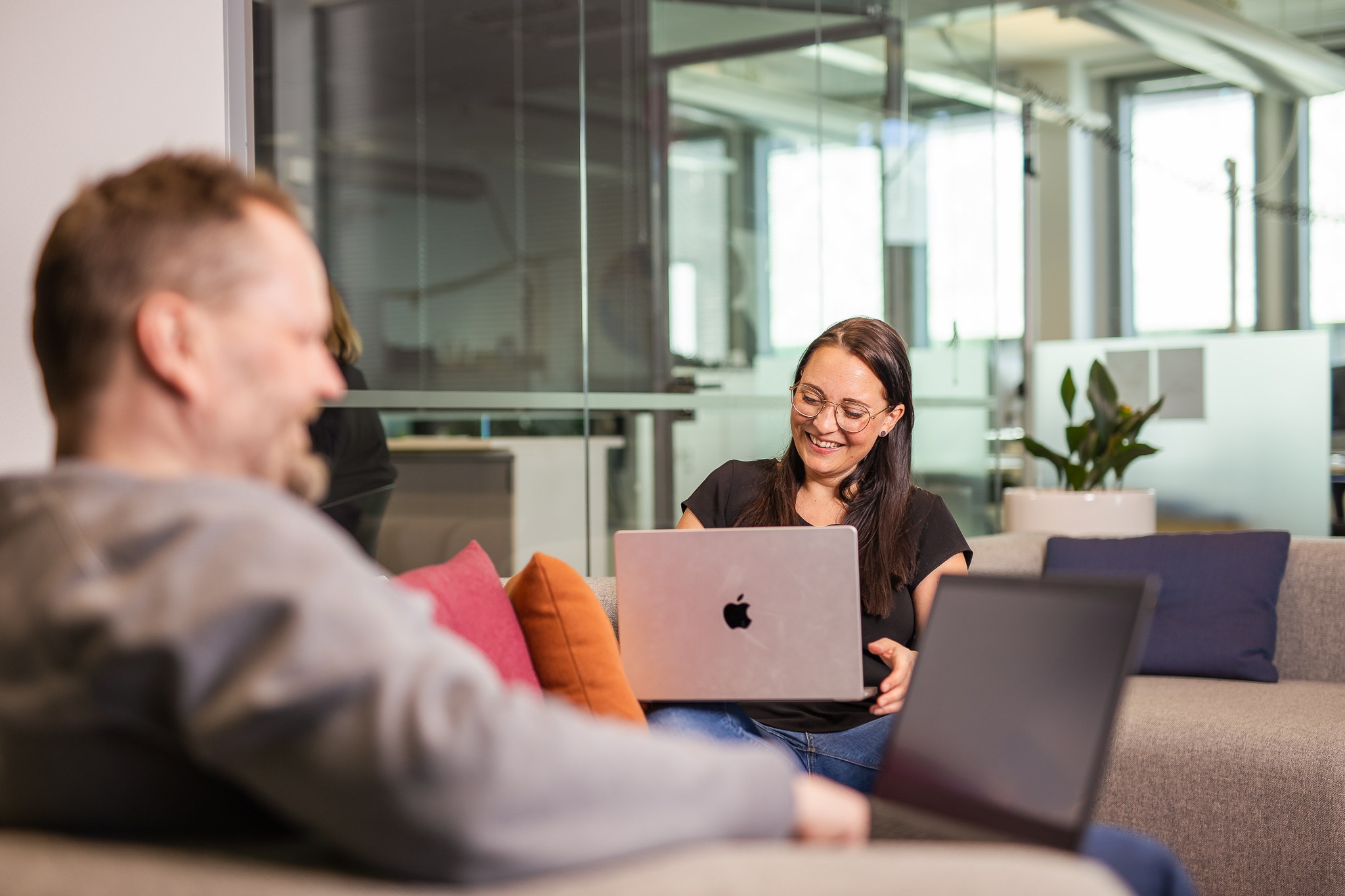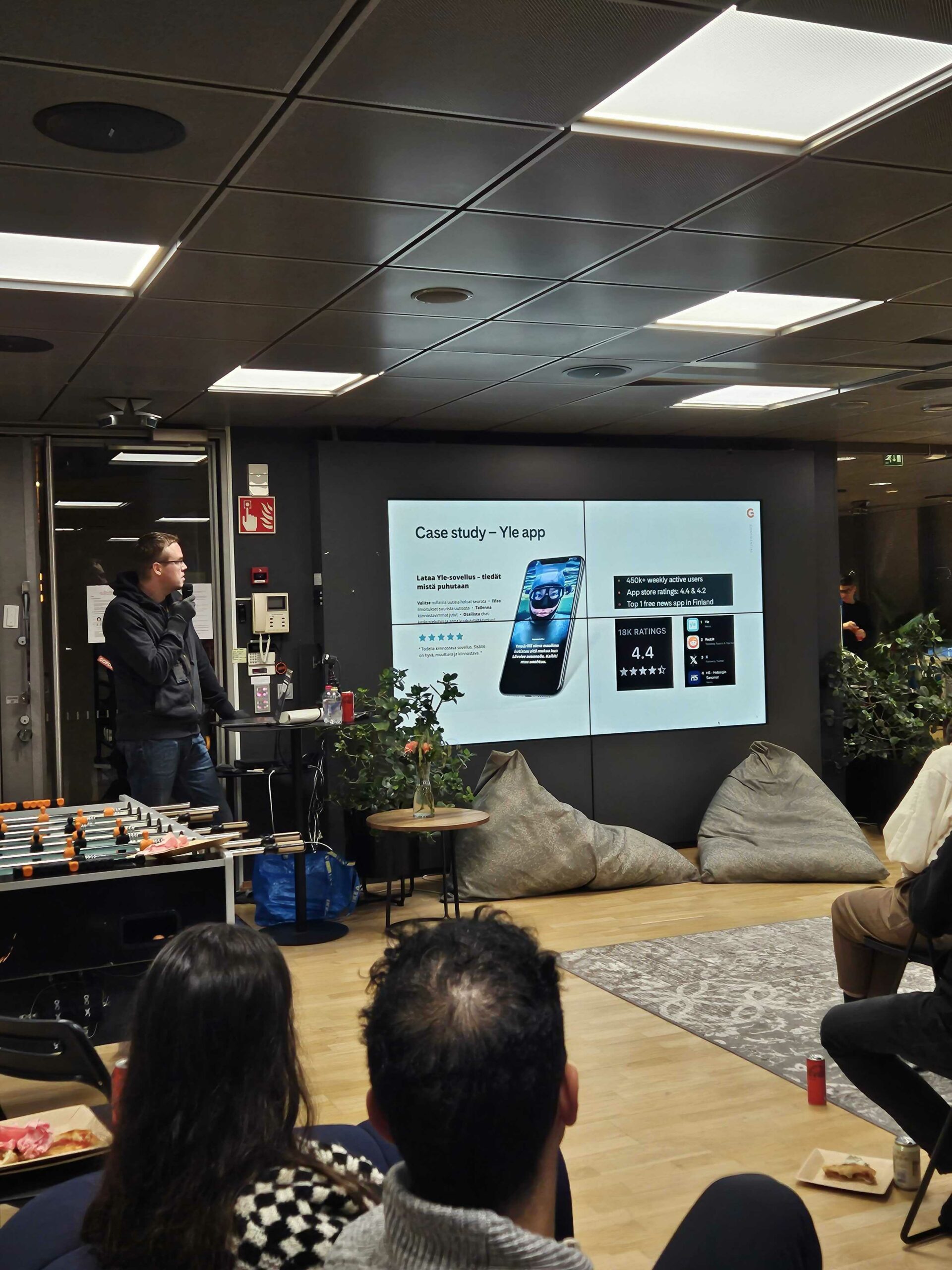Recently I attended the Service Design Network´s event of Doing Good in Design: Social Impact and Ethics In Service Design. I thought I would share my notes and maybe you will also pause for a minute to really think about the impact of your work on the world. I sure did.
Miko Laakso from DNA (the host of the event) shared some wise words from Victor Papanek (1970):
“You are responsible for what you put in the world.
And you are responsible for the effects those things have upon the world.”
The main part of the evening was facilitated by the guest speaker Jethro Sercombe who works with social impact projects in Australia, projects like enabling better opportunities for homeless youths in rural areas of Australia.
Ethical design
We briefly touched upon the principles of ethical design:
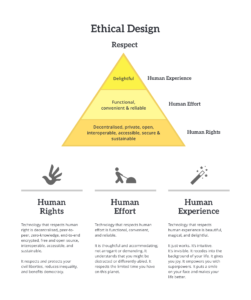
Source: https://2017.ind.ie/ethical-design/
Power positioning
Jethro reminded us about the position of power we take and bring into situations as designers, and how that can have a negative or misleading impact on the interaction and thus the outcome of the research. This applies not only to designers, but any profession and any situation. We all have and take power positions. That is why with great power comes great responsibility.
Jethro presented six different bases of power (by French and Raven (1960, 2008)):

How do we acknowledge our power position and dismantle it in order to create a safe place for the ones we are interviewing or observing (or for any human interaction for that matter)?
In designing for social impact, the object is different from commercial projects. We usually design for users or potential users of the service, when designing for social impact the object is families or communities – the community experience. See how this shift in perspective will impact your thinking.
Great questions to think through in the design process are:
- Who are we excluding with our design?
- How can we minimize the influence of our own biases (and yes, we all have them)?
- How can we anticipate the short-term and long-term effects of our design?
Working in smaller teams using the futures wheel
Next, Jethro divided us into smaller groups for ideating a billion-dollar business idea around: “What might an Uber or Airbnb of healthcare or childcare look like?” After a few minutes of individual time for ideating business ideas on post-it´s the team voted the most potential business idea. I will share our team´s idea to illustrate the process, not because it was any good or proposing any of you to actually run with the idea ?
We voted for a “health taxi service” (Uber of health care) in which trained nurses are the drivers of well-equipped taxis that anyone can order to their home for health checking purposes.
Now Jethro told us our business was booming and in fact, our “health taxi” had become a Unicorn that ruled the health market. By using a tool, the futures wheel, we were supposed to come up with utopian and dystopian scenarios with newspaper headlines of what our business was going to look like according to those future scenarios.
In the Utopian (desired future) scenario our “health taxi” business pivoted into a data-AI driven company utilising all existing location-based health data gathered by all taxis. Since ordering the health taxi to your front door was so easy, people used it more often than traditional services. This enabled the company to move from “sick care” into preventative health care finding patterns and probabilities from the data. A newspaper headline was: “No more sicknesses and longer life expectancy for health taxi users”.
In the Dystopian (undesired future) scenario our “health taxi” business was in fierce competition with other health taxi services and due to legislation lagging behind there were a lot of fake nurses driving the taxis mistreating patients and giving false advice to people. Traditional health care centres were shut down a long time ago when the government decided to buy the services from the health taxi companies. Trust in health services dropped dramatically and media reported of mistreatments on a daily basis. The newspaper headline read: “Health taxi strikes again: yet another 10 people died during Christmas time for mistreatment”.
By using the futures wheel in your design process, you can challenge the customer to anticipate the long-term impacts of solutions through utopian and dystopian scenarios. Impacts can be considered on a micro or macro level like on people, community, society, globe (Earth). When both scenarios are ready the most important part of the exercise is to mitigate the risk of the dystopian world so it never becomes reality. This approach exposes the team to include a long-term perspective as part of the design process.
So, is doing good in design just about those who practice design for social impact in charities or governments or should we also take responsibilities as designers (or as developers) to ensure business decisions and solutions in the long-run cause no harm to people, communities, society or to mother Earth? I will leave you with this thought.
Peace.
More information:
Ethical design: https://2017.ind.ie/ethical-design/
Bases of power: https://en.wikipedia.org/wiki/French_and_Raven%27s_bases_of_power
Futures wheel: https://en.wikipedia.org/wiki/Futures_wheel
´Speculative design´ – a tempting path (go there with your own risk bearing in mind it can have a great impact in your thinking) for learning more about addressing big societal problems and looking towards the future: e.g. in https://www.invisionapp.com/inside-design/speculative-design/
